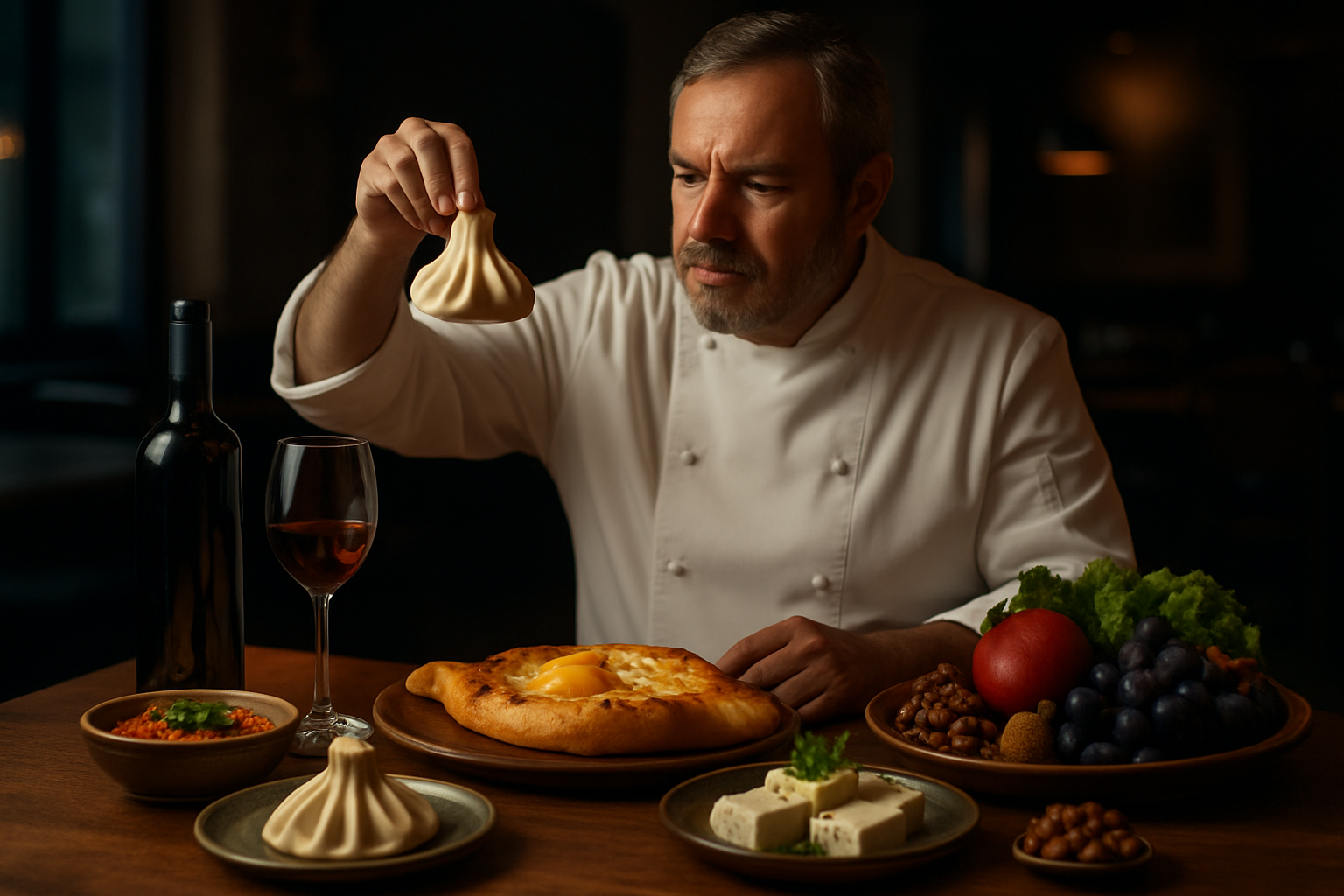Culinary Alchemy: The Art of Flavor Pairing
Discover the secret language of taste that chefs whisper in kitchens worldwide. Flavor pairing is the culinary sorcery that transforms ordinary ingredients into extraordinary dishes. This gastronomic science blends tradition with innovation, creating harmonious flavor symphonies that dance on your palate. Join us as we unravel the mysteries of complementary tastes and explore how to elevate your cooking game through the art of flavor pairing.

Classic Pairings: Timeless Flavor Duos
Some flavor pairings have stood the test of time, becoming culinary classics that are beloved across cultures. These time-honored combinations often have a scientific basis for their enduring appeal. Take tomatoes and basil, for example. Both contain a compound called eugenol, which creates a bridge between their flavors, resulting in a harmonious blend. Similarly, the pairing of chocolate and chili peppers works because capsaicin, the compound responsible for chili’s heat, enhances the release of endorphins triggered by chocolate consumption. Other classic duos include strawberries and balsamic vinegar, apples and cinnamon, and pineapple and ham. Understanding these traditional pairings provides a foundation for exploring more adventurous flavor combinations.
Breaking the Rules: Unconventional Flavor Matches
While classic pairings are comforting, the true excitement in culinary arts often comes from breaking the rules. Innovative chefs are constantly pushing the boundaries of flavor pairing, creating unexpected combinations that challenge our preconceptions about taste. Consider the surprising synergy between watermelon and feta cheese, where the sweet, juicy fruit complements the salty, creamy cheese. Or the unlikely pairing of dark chocolate and blue cheese, which creates a complex flavor profile that balances sweet, salty, and umami notes. These unconventional pairings demonstrate that with an open mind and a willingness to experiment, we can discover delightful new taste experiences that expand our culinary horizons.
The Role of Culture in Flavor Pairing
Flavor preferences are deeply rooted in cultural traditions, and what seems like an unusual pairing in one culture might be a staple in another. For instance, the combination of fish sauce and fruit in Southeast Asian cuisine might seem odd to Western palates, but it’s a cornerstone of many traditional dishes in that region. Similarly, the Moroccan pairing of sweet and savory flavors in tagines, combining meat with dried fruits and honey, reflects centuries of culinary evolution. By exploring flavor pairings from different cultures, we can broaden our taste experiences and gain inspiration for creating fusion dishes that blend diverse culinary traditions.
Tools and Techniques for Successful Flavor Pairing
To master the art of flavor pairing, chefs and home cooks alike can employ various tools and techniques. Flavor wheels and aroma kits can help identify complementary flavors and aromas. Digital resources like flavor pairing databases provide quick access to potential combinations based on shared flavor compounds. Experimental techniques such as flavor mapping, where ingredients are arranged based on their flavor profiles, can lead to surprising discoveries. Additionally, understanding the five basic tastes – sweet, sour, salty, bitter, and umami – and how they interact is crucial for creating balanced dishes. By combining these tools with personal experimentation and tasting, anyone can become adept at creating harmonious and exciting flavor combinations.
Flavor Pairing Tips & Facts
• Ingredients that share flavor compounds often pair well together.
• Contrasting flavors can create exciting taste experiences when balanced properly.
• The umami taste can enhance the flavors of other ingredients in a dish.
• Herbs and spices can bridge flavors between seemingly incompatible ingredients.
• Texture plays a crucial role in flavor perception and should be considered in pairings.
• Regional cuisine often reflects locally available ingredients that naturally pair well.
• Cooking methods can significantly alter flavor profiles and pairing potential.
• The temperature at which food is served can impact flavor pairings.
In conclusion, the art of flavor pairing is a journey of endless discovery. By understanding the science behind flavor combinations, respecting classic pairings, and daring to experiment with unconventional matches, we can elevate our culinary creations to new heights. Whether you’re a professional chef or a home cook, embracing the principles of flavor pairing will transform your approach to cooking, turning every meal into an opportunity for gastronomic exploration. So, let your taste buds be your guide, and embark on a flavorful adventure that will redefine your relationship with food.





